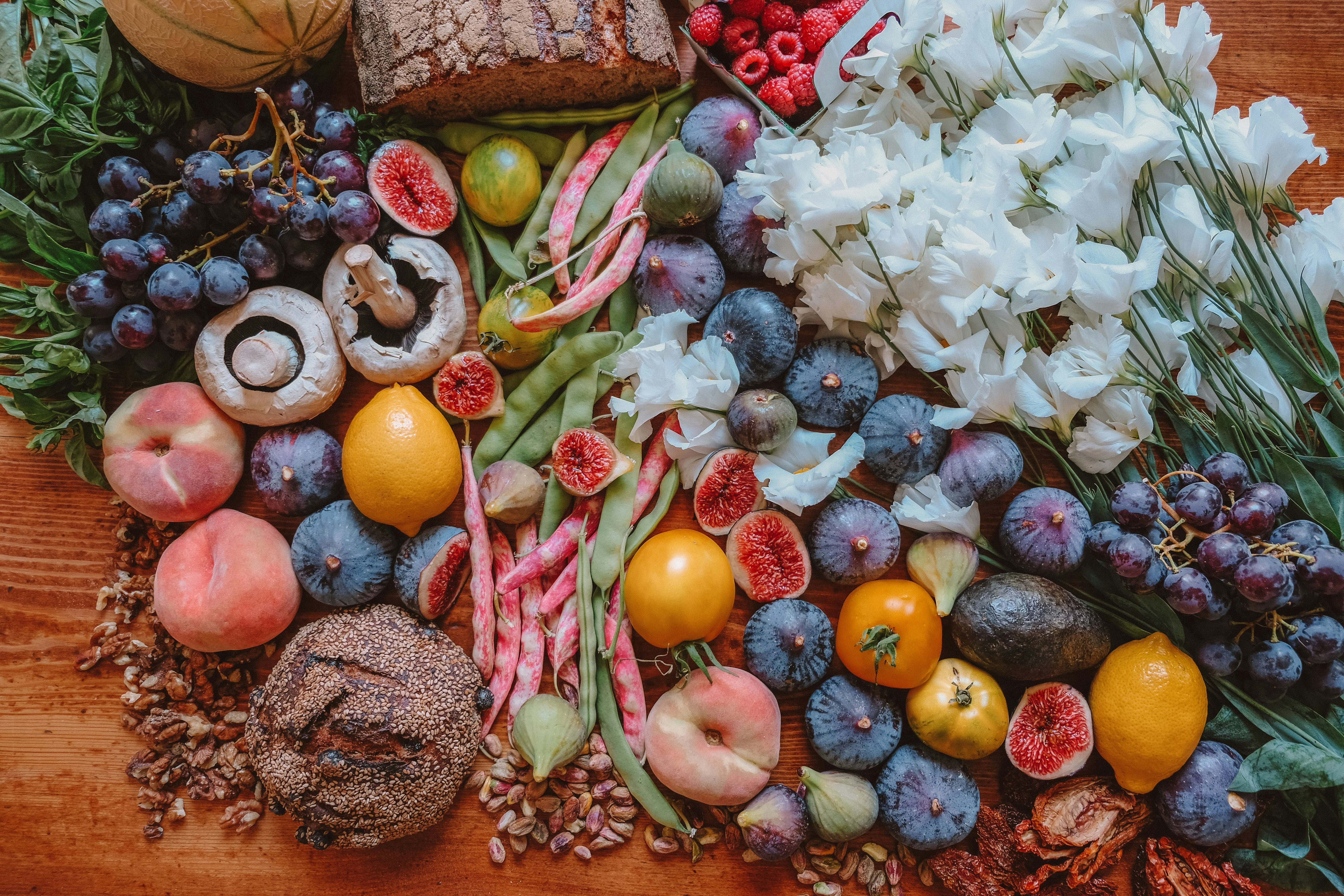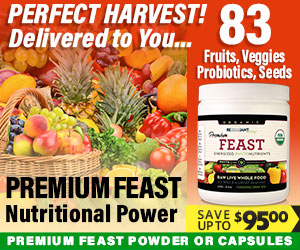- 1. Yogurt: A Classic Natural Probiotics Source
- 2. Sauerkraut: Fermented Cabbage Rich in Probiotics
- 3. Kimchi: Spicy Fermented Vegetables for Gut Health
- 4. Kefir: A Probiotic-Rich Fermented Drink
- 5. Kombucha: Fermented Tea for Digestive Wellness
- 6. Miso: Fermented Paste with Probiotic Benefits
- 7. Tempeh: Fermented Soy with Probiotic Properties
- 8. Buttermilk: A Probiotic Dairy Drink
- 9. Fermented Pickles: Crunchy Natural Probiotics Sources
- 10. Natto: Fermented Soybeans for Gut and Overall Health
In 2025, maintaining a healthy gut has become more important than ever. With research increasingly confirming the role of gut health in immunity, mood, and overall wellness, finding effective natural probiotics sources is essential. Unlike supplements, these food-based sources are both delicious and packed with live beneficial bacteria that support your digestive system naturally. In this article, I will share ten of the most effective natural probiotics sources you can incorporate into your diet this year to optimize your gut health.
1. Yogurt: A Classic Natural Probiotics Source
Why Yogurt is a Staple for Gut Health
Yogurt has long been recognized as one of the most accessible natural probiotics sources. Made from fermented milk using beneficial bacteria like Lactobacillus bulgaricus and Streptococcus thermophilus, yogurt nourishes your gut with live cultures. Many brands now fortify their products with additional strains, enhancing its probiotic power.
Consuming plain, unsweetened yogurt ensures you get the maximum probiotic benefit without added sugars that can harm gut bacteria. According to recent 2025 studies, regular yogurt intake is linked to improved digestion, reduced bloating, and enhanced immunity.
How to Incorporate Yogurt into Your Diet
You can enjoy yogurt in smoothies, as a topping, or in breakfast bowls with fruits and oats. Look for labels that specify “live active cultures” to verify probiotic content. Combining yogurt with fiber-rich foods like berries or flaxseed can further support your gut microbiome.
2. Sauerkraut: Fermented Cabbage Rich in Probiotics
The Fermentation Process & Probiotic Content
Sauerkraut, a fermented cabbage dish, is a powerhouse natural probiotics source. During fermentation, beneficial bacteria like Lactobacillus plantarum develop, transforming cabbage into a probiotic-rich food. Its tangy flavor makes it a versatile addition to many meals.
Research indicates that eating fermented foods like sauerkraut can enhance gut diversity and support digestion. In 2025, the trend towards traditional fermentation has surged, making sauerkraut more popular than ever.
Tips for Choosing and Using Sauerkraut
Opt for unpasteurized, refrigerated versions, as pasteurization kills beneficial bacteria. Add sauerkraut to salads, sandwiches, or enjoy it as a side dish. Remember, a little goes a long way in boosting your probiotic intake.
3. Kimchi: Spicy Fermented Vegetables for Gut Health
Kimchi’s Nutritional Value & Probiotic Benefits
This Korean spicy fermented vegetables dish, primarily made with cabbage and radishes, is a top natural probiotics source. The fermentation process promotes the growth of Lactobacillus bacteria, which may help balance gut flora, according to 2025 research.
Kimchi is loaded with vitamins, antioxidants, and fiber, all synergistically supporting digestive health. Its probiotic content can improve digestion, reduce inflammation, and bolster immune function.
How to Enjoy Kimchi Daily
Incorporate kimchi into stir-fries, rice bowls, or enjoy it as a side dish. Choose traditionally fermented, unpasteurized versions for maximum probiotic benefits. Its spicy kick makes it both tasty and functional for gut health.
4. Kefir: A Probiotic-Rich Fermented Drink
Understanding Kefir & Its Probiotic Strains
Kefir is a fermented dairy product with a tangy flavor, packed with diverse probiotic strains such as Lactobacillus kefiri and Bifidobacteria. It’s considered one of the most potent natural probiotics sources due to its high bacterial diversity.
Multiple studies in 2025 show that kefir can improve gut barrier function and restore healthy microbiota, making it an excellent daily probiotic supplement from food.
How to Include Kefir in Your Diet
Drink kefir straight, add it to smoothies, or use it as a base for healthy dressings. Opt for plain, unsweetened kefir to avoid added sugars. Starting with a small glass daily helps your gut adjust gently.
5. Kombucha: Fermented Tea for Digestive Wellness
Kombucha and Its Probiotic Components
This effervescent fermented tea has gained popularity as a natural probiotics source. Produced through fermentation with bacteria and yeast cultures, kombucha contains various probiotic strains like Acetobacter and Lactobacillus.
In 2025, kombucha’s popularity continues to rise, with more brands offering low-sugar, organic options suitable for daily consumption.
Tips for Choosing and Drinking Kombucha
Look for products with live cultures, minimal added sugars, and organic ingredients. Drinking a small glass (about 4 oz) daily can support digestion and boost immunity.
6. Miso: Fermented Paste with Probiotic Benefits
What is Miso & Its Nutritional Profile
Miso is a traditional Japanese fermented soybean paste, packed with beneficial bacteria like Lactobacillus and Bifidobacteria. It is a natural probiotics source that also provides essential minerals and antioxidants.
Recent studies highlight miso’s potential to support gastrointestinal health and reduce inflammation, especially when included regularly in diet.
Huge Discount on the Best Certified Organic Nutrient Dense Supplement!
How to Incorporate Miso into Meals
Use miso to make soups, dressings, or marinades. A spoonful of miso dissolved in hot water creates a probiotic-rich broth. Remember to avoid boiling, as high heat can destroy probiotics.
7. Tempeh: Fermented Soy with Probiotic Properties
Understanding Tempeh & Its Benefits
Tempeh is a firm, fermented soybean cake originating from Indonesia. It contains live beneficial bacteria and is a powerful natural probiotics source. Its fermentation process enhances nutrient availability and digestibility.
Studies in 2025 suggest that incorporating tempeh into meals can support gut flora diversity and provide plant-based protein.
Cooking Tips & Ideas
Use tempeh in stir-fries, sandwiches, or salads. Marinate and pan-fry for a crispy texture or crumble it into soups and grain bowls. Itâs a versatile addition for a gut-friendly diet.
8. Buttermilk: A Probiotic Dairy Drink
Probiotic Qualities of Traditional Buttermilk
Traditional buttermilk, the liquid leftover after making butter, is rich in probiotics like Lactobacillus acidophilus. Itâs a refreshing, tangy drink that can improve digestion and restore healthy gut bacteria.
In 2025, cultured buttermilk remains a popular probiotic drink, especially in Indian and Western diets, thanks to its digestive benefits.
How to Use Buttermilk
Drink it plain, add herbs and spices, or include in smoothies. Store it properly to preserve live bacteria. Its probiotic benefits make it an excellent choice for daily gut support.
9. Fermented Pickles: Crunchy Natural Probiotics Sources
The Benefits of Fermented Pickles
Fermented cucumbers, also known as fermented pickles, contain probiotic lactic acid bacteria like Lactobacillus plantarum. They are a tasty way to add natural probiotics sources to your diet, supporting gut microbiome diversity.
Compared to vinegar-pickled cucumbers, fermented varieties retain live bacteria, aiding digestion and immune health.
Serving Suggestions & Storage
Enjoy fermented pickles as snacks or alongside meals. Choose unpasteurized, refrigerated options to ensure probiotic viability. Incorporate them for added crunch and gut benefits.
10. Natto: Fermented Soybeans for Gut and Overall Health
Natto and Its Unique Benefits
Natto is a traditional Japanese dish made from fermented soybeans, rich in Bacillus subtilis. It’s one of the most potent natural probiotics sources and offers unique benefits, including nattokinase enzyme that may support cardiovascular health.
Recent studies in 2025 highlight natto’s ability to improve gut flora, boost immunity, and promote healthy blood circulation.
How to Include Natto in Your Diet
Serve natto over rice, mix with soy sauce, or add it to salads. Its strong flavor may be an acquired taste, but its health benefits are worth trying.
Frequently Asked Questions (FAQs)
1. What are the best natural probiotics sources for gut health in 2025?
Some of the best natural probiotics sources include yogurt, kefir, sauerkraut, kimchi, miso, tempeh, kombucha, buttermilk, fermented pickles, and natto. Incorporating a variety of these foods can significantly boost your gut microbiome.
2. How often should I eat probiotics-rich foods for optimal health?
Ideally, include probiotic-rich foods daily or at least several times a week. Consistency is key to maintaining a healthy gut microbiome over time.
3. Are there any side effects of consuming natural probiotics sources?
Generally, these foods are safe for most people. However, those with certain health conditions or immune issues should consult a healthcare professional before making significant dietary changes.
4. Can I combine these natural probiotics sources with other health supplements?
Yes, combining probiotic foods with prebiotics and other supplements can enhance gut health. Just ensure to balance your diet and avoid overloading on any one component.
Conclusion
As we move further into 2025, understanding and utilizing natural probiotics sources remains crucial for gut health and overall wellness. Incorporating a diverse range of these foods into your diet can help maintain a balanced microbiome, improve digestion, and boost immunity naturally. I encourage you to explore these options and find enjoyable ways to support your gut from the inside out. Remember, your journey to better health starts with choosing the right natural probiotics sources.





